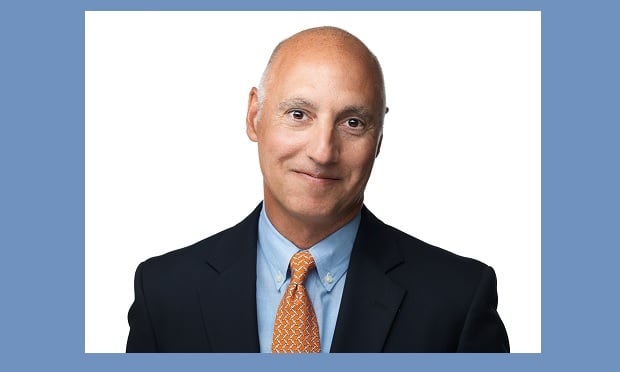When Jennifer Santiago talks about risk mitigation, she conveys a genuine sense of responsibility to the lives affected in the process. For her, it's not about statistics — it's about people.
As the newly appointed director of risk management and investigations for Novartis Pharmaceutical Corp., Santiago is taking on an even more challenging role in the business of corporate risk mitigation.
“Caring and curing is the mission of the company,” she says. “We're in the business of saving and extending lives.” One of the company's core values, she explains, is acknowledging “how a 'normal' life is extraordinary, and you don't realize just how extraordinary it is until you become ill. That changes your whole life, and you just want that 'normal' back.”
Recommended For You
Want to continue reading?
Become a Free PropertyCasualty360 Digital Reader
Your access to unlimited PropertyCasualty360 content isn’t changing.
Once you are an ALM digital member, you’ll receive:
- Breaking insurance news and analysis, on-site and via our newsletters and custom alerts
- Weekly Insurance Speak podcast featuring exclusive interviews with industry leaders
- Educational webcasts, white papers, and ebooks from industry thought leaders
- Critical converage of the employee benefits and financial advisory markets on our other ALM sites, BenefitsPRO and ThinkAdvisor
Already have an account? Sign In Now
© 2025 ALM Global, LLC, All Rights Reserved. Request academic re-use from www.copyright.com. All other uses, submit a request to [email protected]. For more information visit Asset & Logo Licensing.








